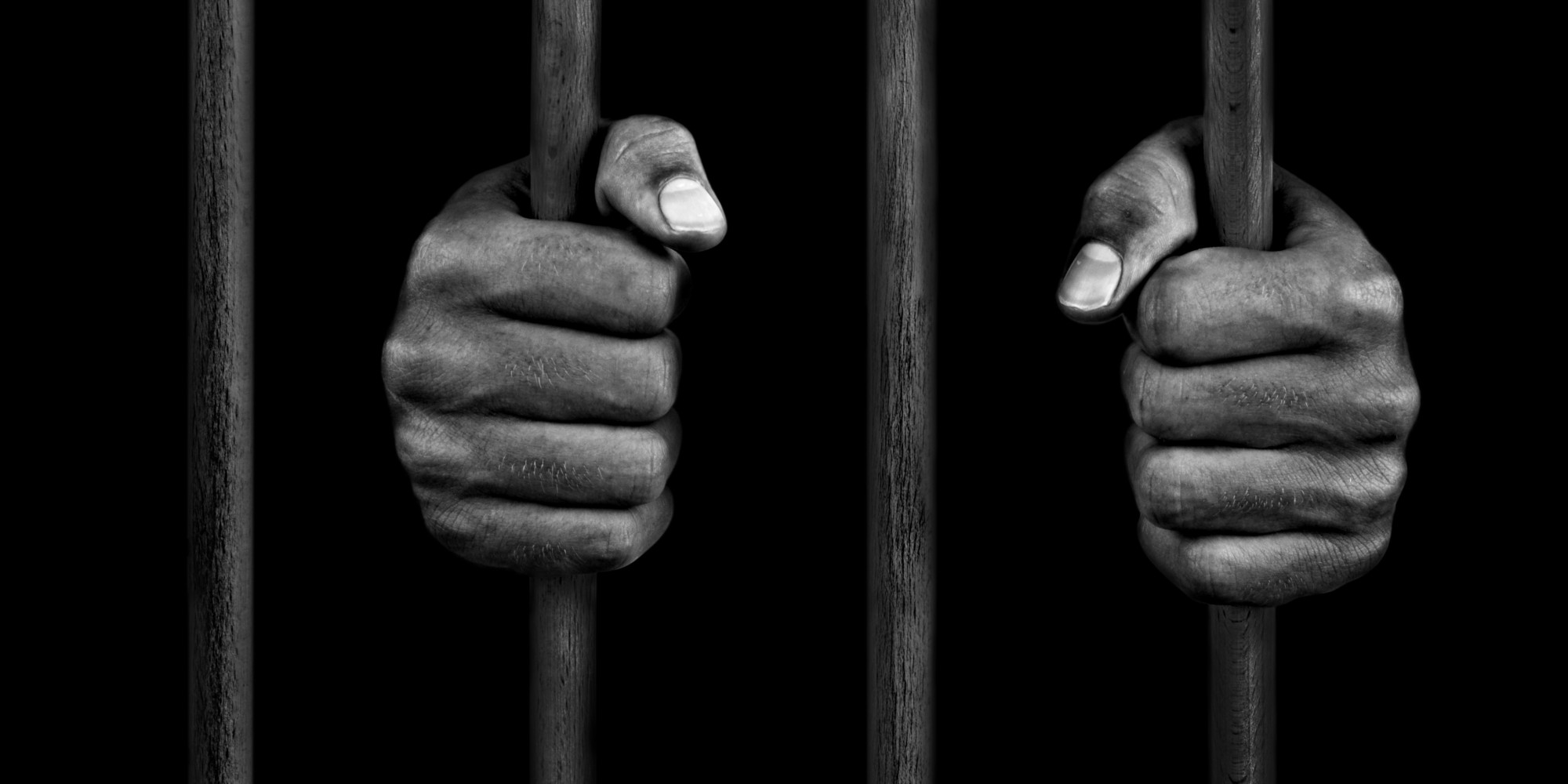


In King County, the cost of keeping an inmate in jail is $192 a day, which translates into $70,000 annually. This means, the cost of holding a single individual in jail for a year greatly exceeds the $60,000 median household income of the citizens in King County who are paying to maintain the jail.
As a recent survey conducted by the Vera Institute (a non-profit center on justice policy and practices) points out, the number of people being held in jails across the country is reaching a breaking point. We as a community have to choose whether to continue diverting funds that could go to other pressing needs to maintain and eventually expand the jail, or to reduce the number of people we send there.
The inmate population in a jail is determined by the number of criminal offenses punishable by incarceration and by the length of sentences. To reduce the population, we need to address these factors – taking a hard look at who is in jail and why we put them there.
Sixty-two percent of inmates in King County Jail are people awaiting trial for felony charges either because they are unable to pay bail or because they have been deemed mentally incompetent to stand trial. When bail is set at an unaffordable level, the individual is forced to stay in jail and sometimes will simply enter a guilty plea without consulting an attorney in an attempt to get out quicker. This situation especially impacts low-income inmates who might not even be able to afford a bail bond. One alternative is to lower bail levels, or in some cases, to circumvent jail all together by photographing, fingerprinting, and then releasing individuals with a notice to appear.
Regarding mentally ill individuals locked up in King County Jail, we need to re-examine our practice of incarcerating people with mental illness. It is important that police officers be able to recognize the symptoms of mental illness and provide individuals in crisis with access to resources for needed treatment – which jails do not provide.
For those serving sentences in jail, we need to decide if locking people up is truly the best response to the crime they committed. Alternatives exist: We could encourage citations over incarcerations, allow cases to go to problem-solving courts and other pre-trial diversion programs instead of filing formal charges, and use community service as a punishment. By using such alternatives, the number of individuals in jail as well as the length of their sentences can be safely reduced.
Finally, it is crucial that we reform the way probation violations in this county are handled. Even minor violations such as the inability to pay a fine can lead to immediate incarceration. This is costly and fails to address the underlying problem. Although violations of probation call for punishment, alternative punishments such as community service could be more effective.
As a society, we must be willing to re-examine our standard approaches to crime. Jails play an important role in our criminal justice system, but overreliance on them is not a smart public policy. We can effectively protect public safety at a much lower price tag. The solutions to these challenging problems are going to require a multifaceted approach that reconsiders whom we chose to punish and how we chose to do so. Although changing the current system will take time and effort, the long-term payoffs will be worth it.